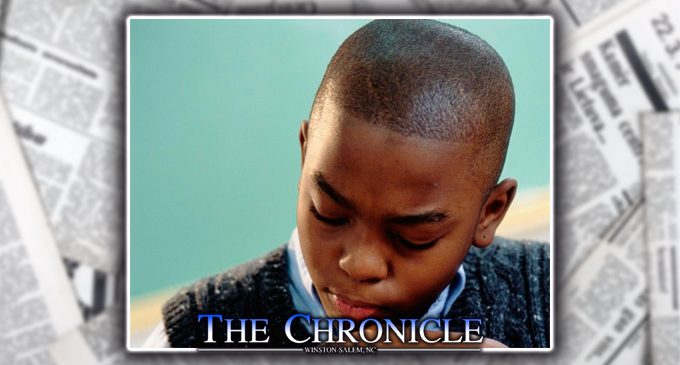Commentary: Amber alert! Black and brown boys missing from the education pipeline in N.C.

Dawn X Henderson
Guest Columnist
I have been doing research on interventions for suspended adolescents in North Carolina for the past five years and am well aware of the disparities that exist in our public education system.
An article released by The Washington Post jolted me back to some of the issues I observed while conducting interviews with suspended adolescents.
The report shared examines the achievement gap in Florida between males and females. Two findings from the report were rather alarming: (1) females from economically disadvantaged backgrounds are more likely to graduate from high school than males from similar backgrounds, and (2) after controlling for family characteristics (e.g., educational attainment, income, etc.) males of color remain at a significant disadvantage in the public education system.
So how can Florida become a mirror to North Carolina?
In North Carolina, when black and brown males transition from third grade, they are less likely to be performing at grade level. Black females are more likely to be represented in Academically and Intellectually Gifted (AIG) programs; American Indian boys have little to no representation in AIG programs across North Carolina.
Black and brown males are disproportionately suspended and less likely to complete advanced courses. Continuous suspension from school contributes to prolonged absence and, to some extent, higher dropout rates.
Black and brown males are roughly three times more likely to receive a short-term suspension in school when compared to their peers.
The North Carolina Department of Public Instruction revealed females had higher four-year graduation rates (89.1 percent) than males (82.2 percent) yet more males attended K-12 schools; Hispanic males had the lowest graduation rate (73.1 percent) when compared to their peers.
If you do not complete advanced or college prep courses, you are less likely to persist in college. If you are not graduating from high school, you do not go to college.
According to the University of North Carolina system, 63.9 percent of females graduate in five years compared to 54.4 percent of males. Males account for less than half of the student population in the UNC-System. Schools reporting predominately African-American or other ethnically diverse populations, on average, have a female to male ratio of 2 to 1.
Where are our black and brown boys?
The rate of female and male births is relatively the same; however, somewhere our males, specifically males of color, disappear from the education pipeline.
Recovering our black and brown boys from the wastrel landscape of the “lost” and, to some extent, the criminal justice system, requires a community of collective agents, universities, and organizations.
Consider this an issued AMBER Alert aimed to ignite a community response to search for and recover our lost boys.
Dr. Dawn X. Henderson is assistant professor of Psychological Sciences at Winston-Salem State University.
















